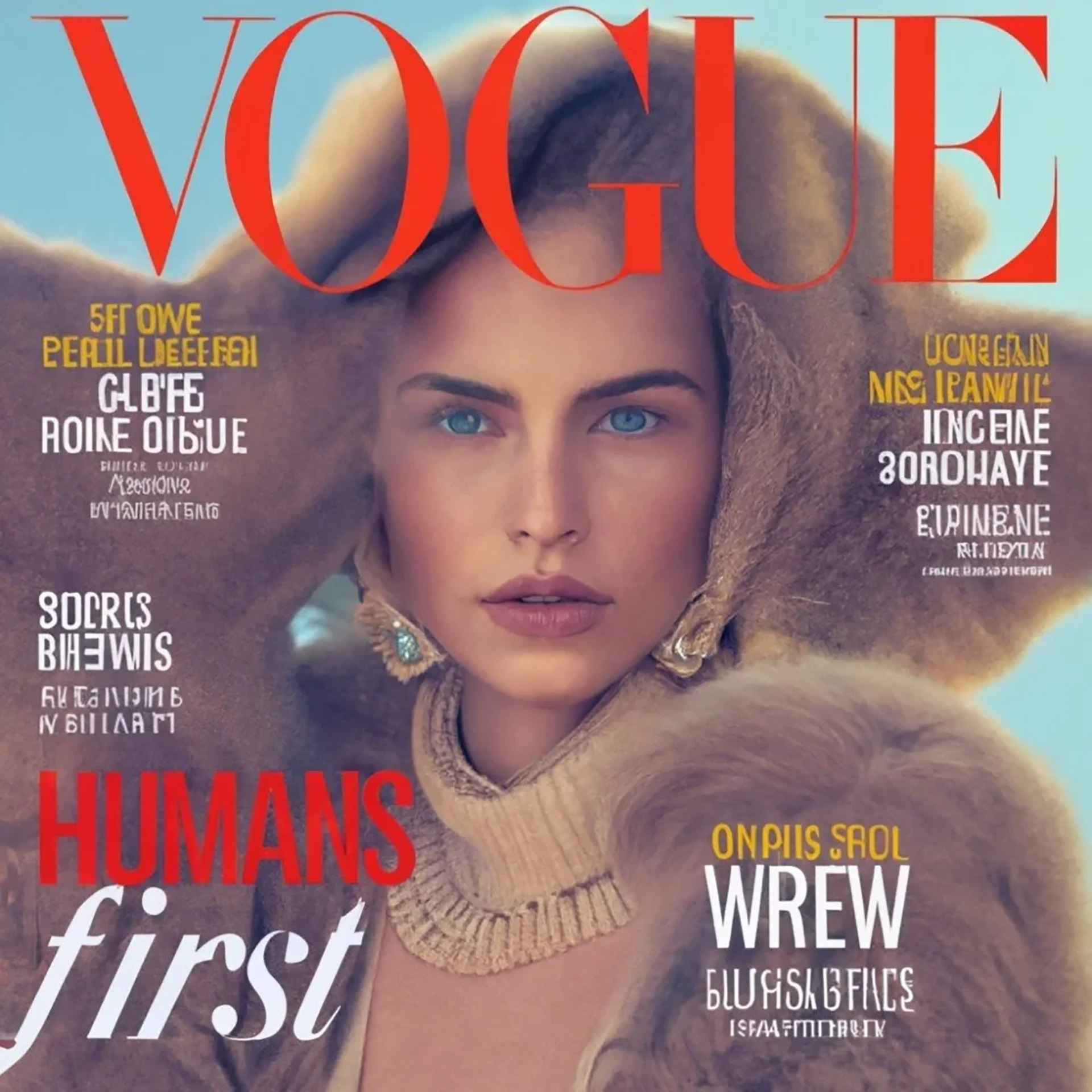Industry 5.0 : The Human-Centric Revolution.
In the heart of every industry revolution, there lies a story. A narrative that transcends technology, data, and automation.
As we transition into Industry 5.0, this story is about us – humans at the core of this new era, much like the ethos of The Future Collective® is the belief in the transformative power of design, collaboration, and human-centric approaches to elevate brand communications and experiences.
Firstly though let's have a recap of The previous 4 revolutions.
1. First Industrial Revolution (Late 18th to Early 19th Century)
Dates: Approximately 1760 to 1840
Key Features:Introduction of mechanised production methods.Transition from hand production to machines, particularly in the textile industry. Steam power became a major energy source. Development of the factory system.
2. Second Industrial Revolution (Late 19th to Early 20th Century)
Dates: Approximately 1870 to 1914
Key Features:Expansion of railroads and telegraph networks.Introduction of electrical power and internal combustion engines.Development of the steel, oil, and chemical industries.Innovations in communication, such as the telephone.
3. Third Industrial Revolution (Mid 20th to Late 20th Century)
Dates: 1960s to late 20th century
Key Features:Emergence of digital technology and automation.Introduction of computers, the internet, and information and communications technology (ICT).Transition from analog electronic and mechanical devices to digital technology.
4. Fourth Industrial Revolution (21st Century)
Dates: Early 21st century to present
Key Features: Integration of physical, digital, and biological systems.Advancements in artificial intelligence (AI), robotics, the Internet of Things (IoT), and biotechnology.Increased use of smart and autonomous systems.Blurring lines between the physical, digital, and biological spheres.
Each of these revolutions brought significant changes to industries, economies, and societies, shaping the modern world as we know it today.
The Essence of Industry 5.0
Industry 5.0 isn't merely a continuation of the technological advancements we've seen in the past. It's a reimagining of how we integrate these advancements into our daily lives, ensuring they serve us, rather than define us. It's about crafting experiences that resonate with human emotions, aspirations, and values. It's about understanding and empathy for the consumer, ensuring that every innovation has relevance to the context it surrounds.
AI image generated in Ideogram by Matt Parry
Designing for Humans in a Digital Age
In the realm of design, the move towards Industry 5.0 is actually journey back to the basics. It's a recognition again, that brands are so much more than just a name or a logo. They encompass dimensions that affect our emotions and our subconscious. The challenge and opportunity lie in blending strategic design thinking with creative ingenuity to create authentic brands that resonate with people.
Exceptional brand stories and experiences have the potential to transform perceptions. In the fast-paced digital age, every brand interaction must be carefully crafted, bringing together holistic design expertise to set brands apart. It's not just about aesthetics; it's about creating narratives that people can connect with, believe in, and champion.
Industry 5.0, is often referred to as the "Era of Augmentation." This term encapsulates the idea that this era is characterised by the augmentation of human capabilities through technology. It's not just about machines taking over tasks or processes but about enhancing and extending human abilities, experiences, and creativity. It's broadly recognised that we are now in this era.
In the Era of Augmentation:
Human-Machine Collaboration: There's a strong emphasis on collaboration between humans and machines. Instead of machines replacing humans, they work alongside them, complementing human skills and intuition.
Bionic Augmentation: One of the defining features of this era is the potential for bionic augmentation or the 'internet of bodies'. This refers to technological enhancements to the human body, whether for medical, functional, or aesthetic reasons.
Enhanced Creativity: With the aid of advanced technologies, humans can push the boundaries of creativity, designing products, solutions, and experiences that were previously unimaginable.
Ethical Considerations: As we augment our capabilities, there will be ethical considerations to address, such as the implications of enhancing human abilities, the potential for creating socio-economic divides based on access to augmentation technologies, and the philosophical questions about what it means to be human.
The Era of Augmentation is a shift from automation to a more harmonious integration of technology into our lives, where technology serves to enhance and elevate human experiences and capabilities.
How you can stay ahead, is to actually get started, as I write this we are in the early adopter stage. I have many personal things that I wished I had embraced earlier in my life. this won't be one of them.
Preparing for the Future
For knowledge workers, preparation is key. Here are some steps to navigate the Era of Augmentation:
Stay Informed: The landscape is evolving rapidly. Regularly update yourself on the latest advancements in your field.
Adopt a Growth Mindset: Be open to change and new ways of working. Embrace technologies that can enhance your capabilities.
Engage in Ethical Discussions: Join forums and groups that discuss the ethical implications of augmentation. Your voice matters in shaping the future.
Conclusion
Industry 5.0 is not just a technological revolution; it's a cultural and philosophical one. It challenges us to put humans at the centre of everything we do, to design for better, and to craft narratives that resonate with human experiences. As we stand at this pivotal moment, let's embrace the ethos of collaboration over ego, and foster rewarding relationships that champion the human spirit. Let's envision a world where technology serves humanity, where design uplifts spirits, and where businesses operate with a conscience.
Matt Parry is the Co Founder of The Future Collective® and unfold:ai

